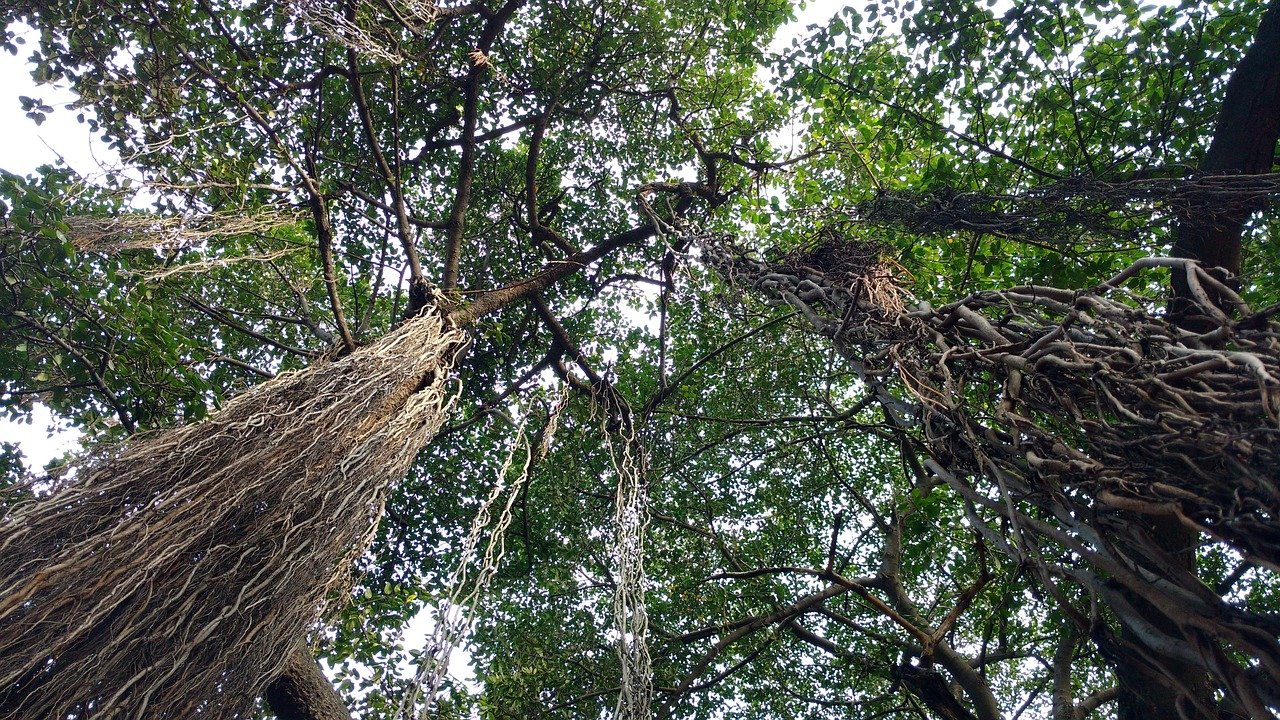Sacred Trees of India: Unveiling Their Cultural Tapestry & Medicinal Marvels
Discover the profound cultural and medicinal significance of trees in India.
Palm trees in India.
India's Green Heritage: An introduction
India, a land of rich cultural heritage, holds a profound reverence for its trees. From sacred rituals to medicinal remedies, trees are deeply woven into the tapestry of Indian traditions, cuisine, medicine, and culture. Let's embark on a journey to understand the multifaceted role of trees in India.
Sacred Significance
Indian trees hold a lot of sacred significance. The peepal tree, often referred to as the sacred fig, is planted near homes and temples and symbolises enlightenment.
Another tree that holds sacred significance is the banyan tree. The banyan tree is given the title of ‘Tree of Life’ and is used for shelter and gatherings alike.
A banyan tree in India.
Medicinal and Culinary Uses
Some of the trees are also known to hold medicinal properties, for example the neem tree and the bael tree.
The neem tree is said to have a lot of use in Ayurvedic medicine, which is a system of traditional medicine native to Indian culture, due to its antifungal and antibacterial properties.
The Bael tree is also used significantly to reduce inflammation and swellings. This can help treat conditions like asthma, diarrhoea, etc.
Hand in hand, the leaves of these trees are also often used culinarily. The medicinal properties make using these leaves in day-to-day foods beneficial for one's health while also adding taste.
Bael tree leaves, for instance, are used in desserts and beverages and are well known for their digestive abilities.
A bael tree in India.
Cultural Roles
Culturally, trees are important to Indian customs. They are important in arts, literature, festivals, rituals, symbols and mythology as well.
Final Reflections
Trees in India are not merely natural resources, but sacred entities deeply embedded in the country's traditions, daily life and rich cultural tapestry. Understanding and preserving this relationship is essential for fostering environmental stewardship and cultural heritage conservation.
Image Credits: Krisha Valia
Edited by: Rhodri Regan




